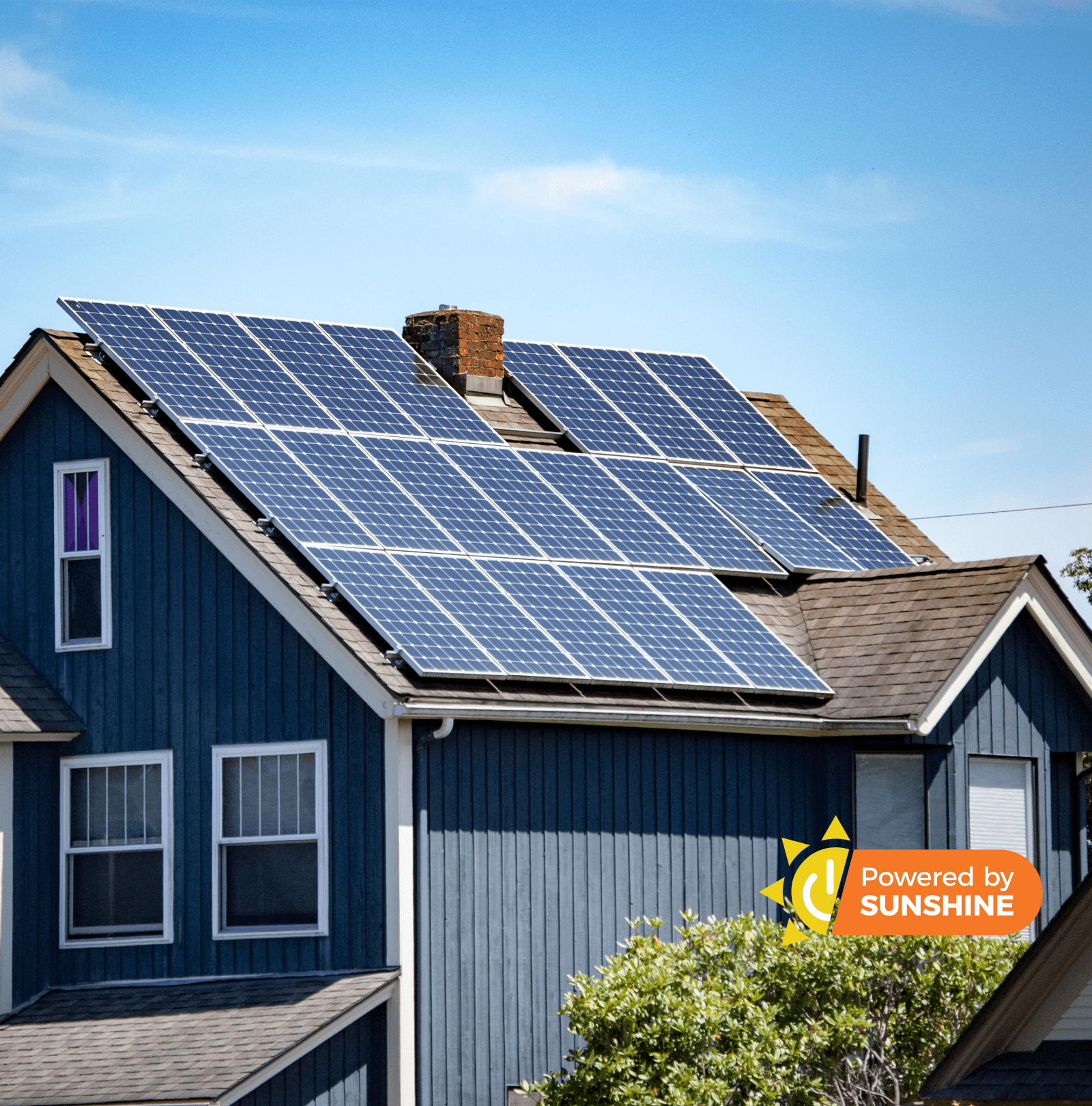




Let's Chat About Solar Panels For Your Home
Clean energy and savings. Brought to you by the sun.
Everyone should have the power to choose clean, renewable energy to power their lives. And by powering your home with solar energy, you’re helping the environment and saving money. Go solar with one of our preferred installation partners and save thousands on your home solar panel installation with our exclusive rebate. Plus, enjoy security against rising electricity costs.
Fill out this quick form to learn more about how you can get Powered by Sunshine.
Great news! If you live in the Lone Star State and want more information about solar panels for your home, please fill out the form below. We’ll contact you within 3 to 5 business days to learn more about how we can meet the specific needs of your house.
You can also call us at 1-844-634-9508. We’re available daily from 7 a.m. – 10 p.m. CT.
*By clicking the “Submit” button above, you authorize Green Mountain Energy and its solar installation partners to contact you for marketing purposes at the telephone, email address or mobile number you entered using automated telephone technology including auto-dialers and text messages, even if your telephone or mobile number is currently listed on any state, federal, or corporate “Do Not Call” list. You also authorize Green Mountain Energy to share your contact information and monthly electricity consumption (if applicable) with one of our solar installation partners (Green Light Solar, LLC) for purposes of developing a proposal. You are not required to give your consent as a condition of purchase.
Our customers have avoided
pounds of CO2
That’s like planting
new trees.